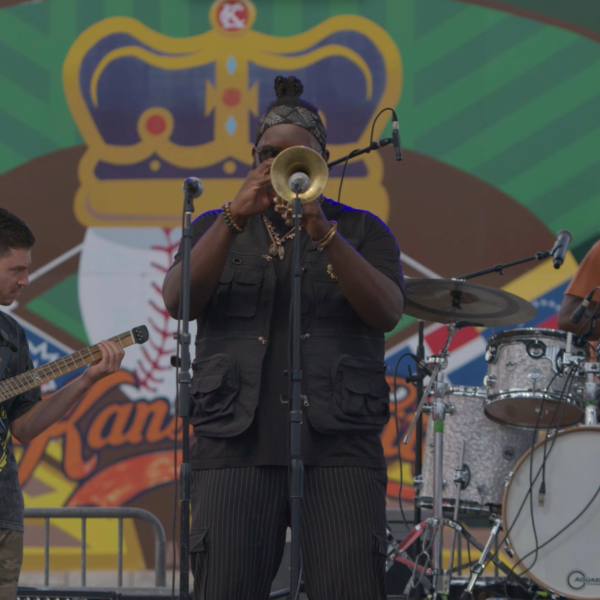Re-envisioning the AIDS Memorial Quilt
The first time I saw the AIDS Memorial Quilt was in 1996, the last time it was displayed in full in Washington, DC. I was 13 years old, and my father had taken my younger sister and I to the National Mall to see what had by then become a nearly two-mile commemoration of the roughly six million lives worldwide that had already been lost to the disease. As we walked between the panels, my dad pointed out a square that had been made for one of his colleagues. Although this colleague treated HIV and AIDS patients in his own medical practice, he called my dad, also a doctor, to consult on the symptoms of a particular patient. After my father told him the case sounded like AIDS, his colleague replied with, “The patient is me.” A former member of the military, the doctor was laid to rest in Arlington Cemetery with a 21-gun salute.
Seeing that panel was a powerful experience, and one that kicked off a lifetime interest in the AIDS epidemic. It’s one small testament to the brilliance of the Quilt: its ability to distill frightening statistics into personal stories, to make visible a disease that for too long was ignored, and to signal creation, beauty, and growth in the face of devastation. Recognizing this, Congress named the Quilt a National Treasure, and since its inception in 1987, it has become the world’s largest community art project, spanning 1.3 million square feet with over 94,000 names.
This month, the Quilt returned to Washington in honor of the Smithsonian Folklife Festival and the XIX International AIDS Conference. Although the Quilt, which is managed by the NAMES Project Foundation, is now too large to be displayed on the Mall at once, different sections were unrolled throughout the festival and conference, with additional displays at 50 locations throughout the city, until it had been shown in full.
The Quilt’s growth since its last stop in the District was an inevitable reminder of its continued evolution. In Washington, we’re accustomed to granite and marble monuments: they’re planned, they’re chiseled, they’re completed. The Quilt however, is a living memorial, always growing and always moving. It travels across the country, belonging to no place and every place, as mobile as the disease it represents. Recently, the entire Quilt was digitized, so that all you need is a computer and an Internet connection to experience it.
The Quilt’s ever-changing nature was highlighted in the above video Beyond Granite: The AIDS Memorial Quilt, recently produced by the National Capital Planning Commission. It describes how the quilt is so effective because of—not despite—its reliance on unconventional forms of commemoration. It was born of a community need and made by community hands with community money, offering healing through the creation process. Although the NAMES Project Foundation has received federal funding over the years from agencies such as the NEA, the Quilt’s origins were entirely homegrown. Is that unconventional? For a memorial, absolutely.
The other day, I searched for my father’s colleague in the newly digitized AIDS Memorial Quilt. Save for the color, the panel was exactly as I remembered: the sewn-on lab coat, with the doctor’s own stethoscope looped around its neck, stretching toward an unseen heart. While everyone hopes that there will one day be a “last panel,” it’s an amazing thing to see acres and acres—or pixels and pixels—of colored patches, each one a symbol of love and remembrance.




